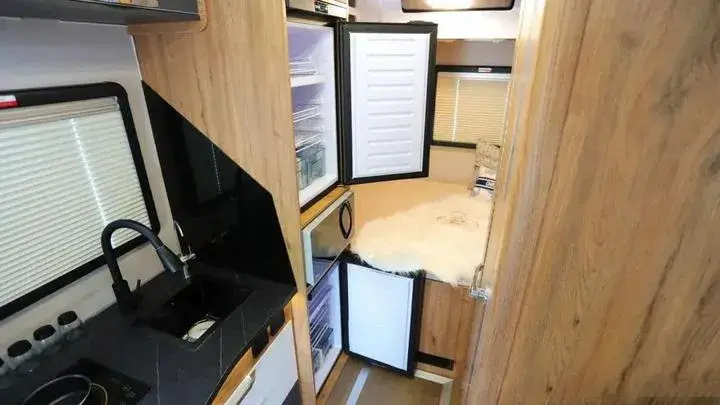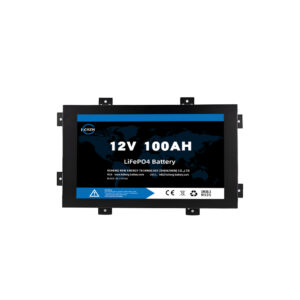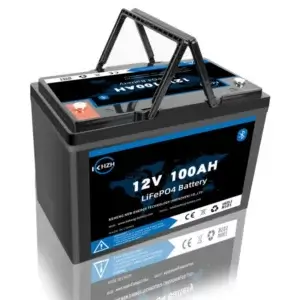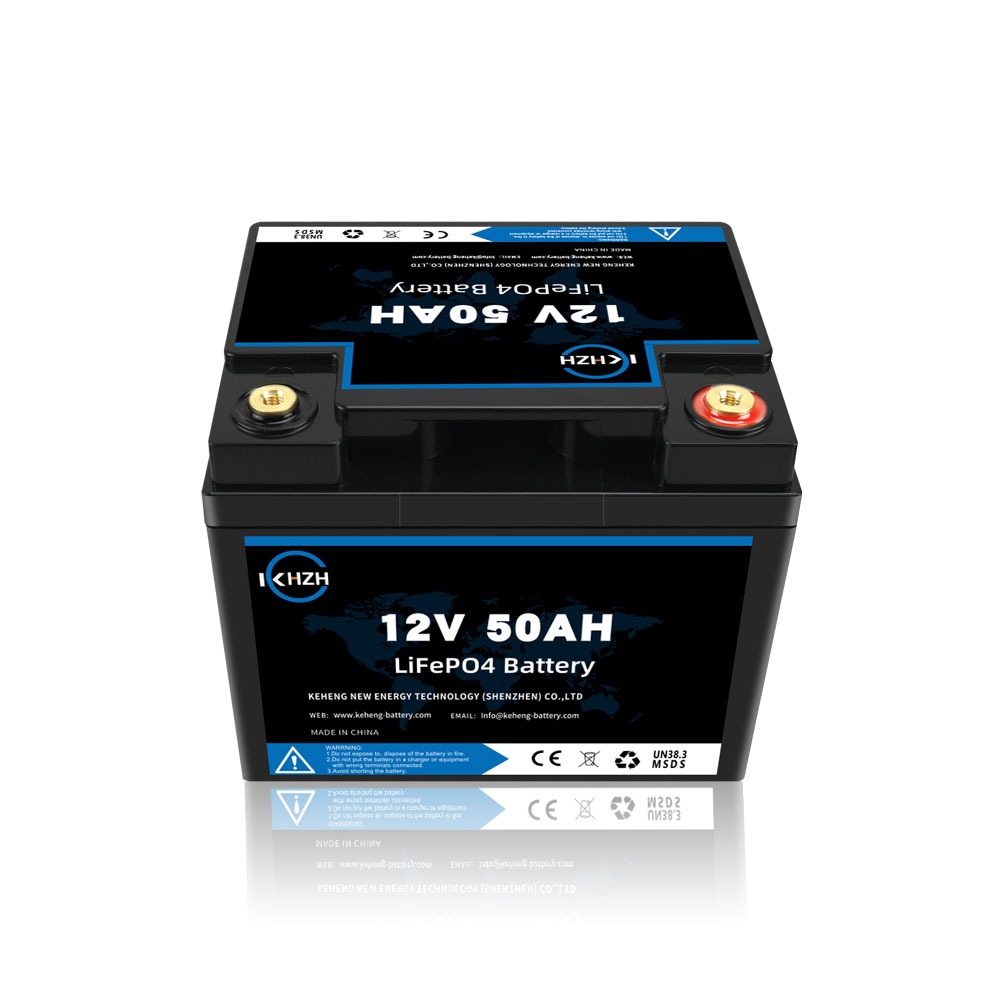It is possible to run an RV refrigerator on battery power while driving, but it depends on the type of refrigerator and the capacity of the battery system. Remember to always monitor the battery level to avoid completely draining it, as this can shorten the life of the battery. It’s also important to have a backup plan, such as a generator or connection to shore power, in the event of a battery drain.
Current Used by Different Refrigerators

For home and most commercial applications, compressor refrigerators, three-way refrigerators, two-way refrigerators, and absorption refrigerators are typically designed to use standard supply voltages. These voltages vary depending on the region:
In North America, the standard supply voltage is 120V AC (alternating current).
In Europe, Asia, and many other countries, the standard supply voltage is 220-240V AC (alternating current).
For direct current (DC) use, especially in mobile applications such as RVs, boats, and campers, these refrigerators may be designed to use 12V DC or 24V DC, which are common battery system voltages.
Compressor Refrigerators
With AC power, use standard 120 V or 220-240 V. With DC power, typically use 12 V DC or 24 V DC.
Pros:
Efficient: compressor refrigerators are the most efficient in terms of cooling efficiency and can reach very low temperatures.
Rapid Cooling: Compressor refrigerators can reach a set temperature in a short period.
TEMPERATURE CONTROL: Compressor refrigerators usually have a temperature control option that allows you to adjust the cooling to your needs.
Cons:
Noise: compressor refrigerators may make some noise while operating.
Energy consumption: compressor refrigerators usually consume more energy compared to other types of refrigerators.
Cost: Compressor refrigerators usually cost more to purchase and maintain.
Three-way and two-way refrigerators
Three-way refrigerators can run on liquefied petroleum gas (LPG), alternating current (AC) or direct current (DC). Two way refrigerators can usually only run on alternating current (AC) or direct current (DC). When using electricity as a source of energy, it also follows the standard voltage for the region, which is 120V or 220-240V for AC and usually 12V DC or 24V DC for DC.
Pros:
FLEXIBILITY: Three-way refrigerators offer a wide range of energy options, allowing them to operate without power.
Quiet: 3-way and 2-way refrigerators are virtually noiseless in operation.
ENERGY CONSUMPTION: When using LPG as an energy source, three-way refrigerators use relatively little energy.
Cons:
COOLING EFFICIENCY: Compared to compressor refrigerators, three-way and two-way refrigerators have lower cooling efficiency.
Temperature effects: The performance of three-way and two-way refrigerators may be affected by ambient temperature.
Maintenance: three-way refrigerators require regular inspection and cleaning to maintain their efficiency.
Absorption Refrigerators
Current Used: Absorption refrigerators typically use liquefied petroleum gas (LPG) or electricity (AC or DC). When using electricity, they also use 120V AC or 220-240V AC depending on regional standards, or 12V DC or 24V DC in the case of direct current.
Pros:
Silence: absorption refrigerators are virtually noiseless in operation.
ENERGY FLEXIBILITY: They can use LPG where power is limited or non-existent.
Cons:
COOLING EFFICIENCY: Absorption refrigerators have a lower cooling efficiency compared to compressor refrigerators.
Temperature control: absorption refrigerators typically do not have temperature control options and may require manual adjustments to achieve ideal cooling.
Cost: while the initial purchase cost may be low, using LPG as an energy source may increase long-term operating costs.
Typical RV refrigerator specifications
|
|
Compressor Refrigerator
|
Three-way and two-way refrigerators
|
Absorption Refrigerators
|
|---|---|---|---|
|
Volt
|
12V or 24V
|
12V or 24V
|
12V or 24V
|
|
Energies
|
60W
|
80W
|
60W
|
|
Pros
|
Highest cooling efficiency
|
Normal operation without power supply
|
noiseless
|
When does the battery in an RV refrigerator run out while driving?
If you need to calculate how long the battery will support your refrigerator, then you can do so by using the following formula:
V x A = W
Watts per hour = Watts x hours
For example, if you have a 12V compressor refrigerator that draws an average of 5A using a 12V power supply:
12V x 5A = 60 watts
If you run this refrigerator for 10 hours a day, it will require:
60 watts x 10 hours = 600 watt hours per day
So depending on your need for 600W, then a 12V 100Ah lead acid battery will meet your needs (note: lead acid batteries lose 40-50%)
If you use a lithium-ion battery with the same voltage and current, then you can run the refrigerator for about 20 hours with a lithium-ion battery loss between 5-10%.
RV Battery
High safety: LFP and BMS are used to protect the battery.
Long cycle life: 80% DOD cycle life 5000+.
BT Series: Batteries with Bluetooth-enabled real-time detection.
High energy density: 2 times more than lead-acid batteries of the same capacity.
This battery can support 4 units in series and 10 units in parallel.
Duration: 4 times longer than sealed lead-acid batteries with the same capacity.
Steps to Run Your RV Refrigerator on Battery While Driving
Switching the Refrigerator to DC Mode (Battery Mode)
To run your RV refrigerator on battery while driving, you need to switch it to DC mode. This setting allows the refrigerator to draw power directly from the RV’s battery system.
Typically, there is a control panel inside the fridge that enables you to switch between AC (shore power) and DC (battery) modes. By selecting the DC mode before hitting the road, you ensure that your refrigerator continues to cool your items using battery power during your journey.
Monitoring Battery Levels Periodically During Travel Stops
It’s crucial to monitor your RV’s battery levels periodically while driving with the refrigerator running on battery. Make it a habit to check the battery status during travel stops or breaks.
This practice helps you stay informed about how much power is being consumed by the refrigerator and ensures that you have enough charge left for other essential systems in your RV. Consider investing in a reliable battery monitor or using the built-in monitoring system in your RV for accurate readings.
Optimizing Energy Usage by Minimizing Door Openings and Organizing Items Efficiently
One key aspect of running an RV refrigerator on battery while driving is optimizing energy usage. To maximize efficiency, minimize door openings as much as possible. Each time you open the fridge door, cold air escapes, causing the appliance to work harder to maintain temperature levels.
Additionally, organize items inside the refrigerator strategically so that airflow isn’t blocked, allowing for better cooling circulation. By adopting these practices, you can extend your battery life and ensure the efficient operation of your RV refrigerator.
Tips for Maximizing Battery Efficiency While Running Your Refrigerator
A: Utilize solar panels or a generator to charge your battery while parked
Consider utilizing renewable energy sources such as solar panels or a generator to efficiently charge your Lithium RV battery while parked. Solar panels can help replenish battery reserves during the day, reducing reliance on traditional charging methods. Alternatively, running a generator for short periods can provide a quick power supply for longer trips without a shore power connection.
B: Consider investing in lithium batteries for longer lasting power
When upgrading your RV’s battery system, consider lithium batteries for longer-lasting power and improved performance when running appliances such as refrigerators in battery mode while traveling. Lithium batteries have a higher energy density, charge faster and last longer than traditional lead-acid batteries commonly used in RVs. Although initially more expensive, investing in lithium batteries can improve the overall efficiency and reliability of powering important on-board equipment.
C: Use energy-saving settings on appliances
When traveling with a battery-powered RV refrigerator, the settings on appliances such as the refrigerator or inverter should be adjusted to energy-saving modes whenever possible to optimize battery efficiency. Many modern refrigerators offer energy-saving features such as eco-mode or temperature presets designed to reduce power consumption without significantly affecting cooling performance.
How to Keep Your Refrigerator Running at All Times
Vehicle Alternators
A vehicle alternator is an energy solution that provides power to your refrigerator while your vehicle is running. This type of generator converts the vehicle’s mechanical energy into electrical energy, which in turn provides the refrigerator with the AC power it needs. However, it is worth noting that this solution may not be able to provide continuous power when the vehicle stops running.
Solar Power Solutions
Solar power is a sustainable source of energy that can be converted into electricity through solar panels. It is stored and simultaneously supplied to the refrigerator through the batteries. However, solar photovoltaic panels can affect efficiency depending on sunlight hours and weather. To solve this problem, Keheng can use a combination of solar panels and battery storage systems to provide electricity when it cannot be generated.
Gas
Gas is an efficient energy solution for three-way and absorption refrigerators that use liquefied petroleum gas (LPG). This solution is not dependent on electricity, making it ideal in situations where electricity supply is limited or non-existent. However, the use of gas requires attention to safety and ensuring that there is an adequate supply of gas.
Charging the engine with a DC-DC charger
A DC-DC charger is a device that converts electricity from the vehicle’s engine into electricity suitable for use in a refrigerator. This solution will provide power to the refrigerator when the vehicle is running, but may not provide power when the vehicle is stopped. To solve this problem, a battery storage system can be used to store additional power.
Overall, which energy solution to choose depends on your specific needs and circumstances. It may be necessary to use a combination of solutions to ensure that the refrigerator operates properly in all situations. When choosing a solution, consider its feasibility, cost, environmental impact, and safety.
Conclusion
Mastering the art of running an RV refrigerator on battery while driving requires a combination of proper settings adjustment and mindful energy management techniques outlined above It is indeed possible that precipitation-making readers feel optimistic about their capability to navigate their travels successfully with food stored at optimal temperatures throughout the journey by efficiently utilizing available resources Such proactive measures not only enhance convenience but also contribute towards sustainable environmentally-friendly lifestyle decision-making Let’s embrace these strategies embark adventures confidence knowing we equipped handle needs effectively harmoniously with nature Enjoy cool refreshing moments every turn along road!







